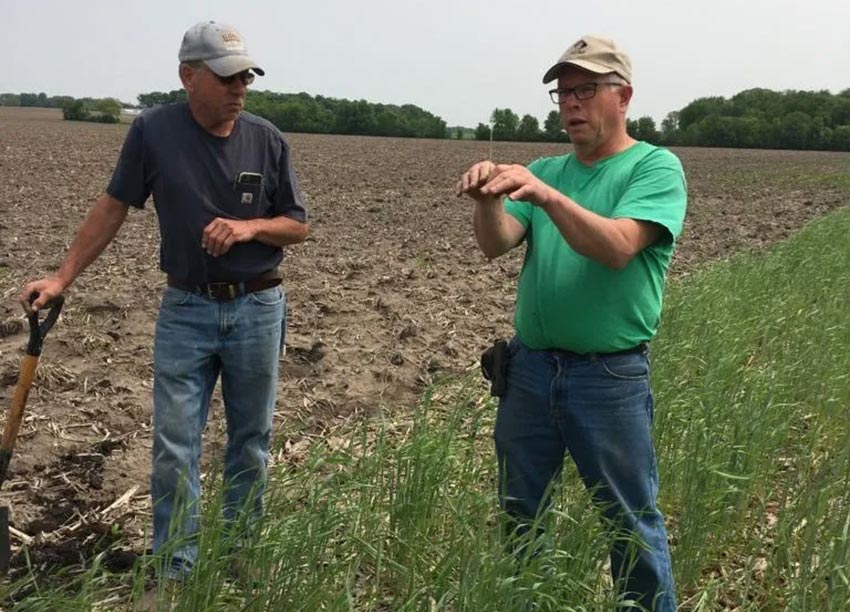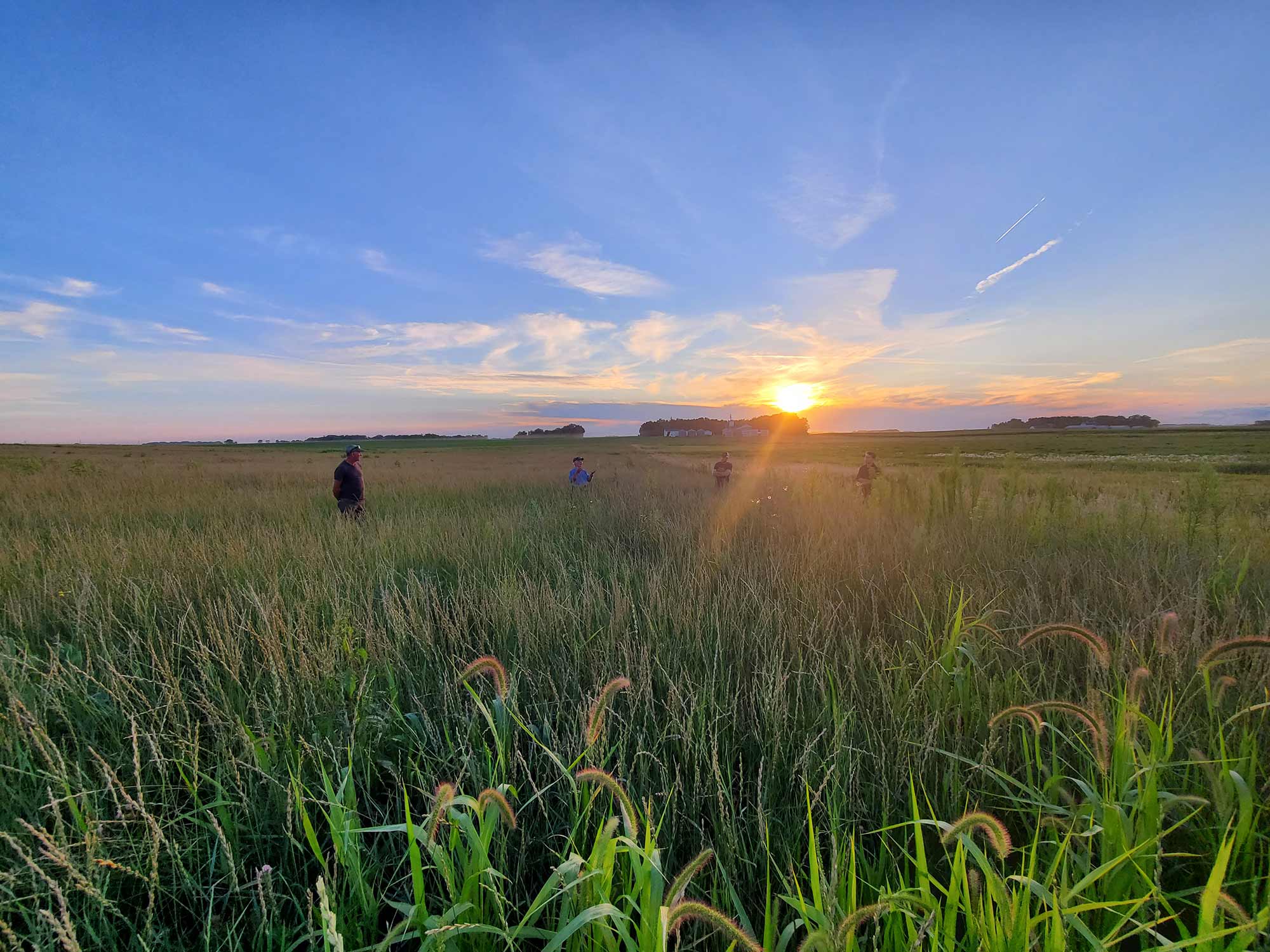Stories & Videos
Dundas farmers improving water quality in Rice Creek


Minnesota’s trout streams are treasured resources offering people outdoor recreation and excitement. Sometimes though, trout streams can have a rough time in farm country due to sediment and fertilizer getting into the water. But thanks to the work of eleven farmers in Dundas, Minnesota, the water quality of the only trout stream in Rice County, Rice Creek, is showing an important sign of improvement. A recent study shows that the nitrate concentration in tile drainage and stream water is lower than previous years.
As part of a Clean River Partners and Rice Soil and Water Conservation District project, farmers are learning first-hand how intensive use of cover crops in this 4,100 acre watershed can impact water quality and stream habitat.
They’re also learning how cover crop practice impacts their farming profit. Since 2018, these 11 farmers have been planting cover crops each year on 940 acres—27% of tillable acres in the Rice Creek watershed.
Clean River Partners and St. Olaf College have tested water from 15 drainage tiles to compare nitrate concentrations of fields with cover crops and those without. In addition, two stream locations are being tested for nitrate, total suspended solids and total phosphorus along with aquatic macroinvertebrates (water insects) and fish populations, to compare current levels with previous findings.
Findings through 2019
- 7% less Nitrate in tile drainage with cover crop
- Lower Stream Nitrate compared to 2013 – now below 10 mg/liter
- 1% higher Soybean yields when following a cover crop
- 8% lower Corn yields when following a cover crop
- 1% less Nitrogen/Bu of Corn when following a cover crop
- Estimated 9000 lbs of nitrate and 200,000 lbs of sediment prevented from entering Rice Creek annually
“The decrease in nitrate in tile outlets from cover-cropped fields is interesting and a good sign of progress,” said MN DNR Waterville Area Fisheries Supervisor Craig Soupir. “Waterville Area MN DNR Fisheries will continue to manage the stream for Brook Trout and are monitoring the population through regular surveys.”
State officials are also closely monitoring the recent changes in the stream morphology due to increasingly frequent heavy rains and flooding. These events have straightened meanders in the stream that are important habitat conditions for trout and may be “bigger issues for trout and aquatic life than nutrients right now” according to Mr. Soupir.
Cover crops are plants such as annual ryegrass, winter (cereal) rye, radish and clovers that are planted in the same field with the corn or soybean crop during the growing season. These plants keep living cover on the landscape until the following spring’s planting of cash crops. Cover crops improve water quality by keeping nutrients in the soil and by keeping the soil in the field.
John Becker, a participating Rice Creek area farmer, said he is excited about this project because cover crops protect the soil and prevent erosion. “Once the soil gets amended, the soil grows better crops. This is good for the soil, good for the crops and good for the stream,” said Becker.
A project like this one requires cooperation and support from partners. In addition to leadership and cooperation by farmers, Fishers and Farmers Partnership, a focused branch of the US Fish and Wildlife Service is key.
“Fishers & Farmers Partnership is a thoughtful, respectful approach to connecting farmers, landowners, and scientists on the health of nearby streams”, said Jack Lauer MN DNR Southern Regional Fisheries Manager and former Fishers & Farmers Steering Committee co-chair.
According to Mr. Lauer, local conversations inform and promote better land use practices and ideas that are sustainable to producers while protecting stream conditions and fish. “Cover cropping practices by Dundas farmers in the Rice Creek watershed are a great example of working together to achieve a common goal”, he said.
— Story by Al Kraus, Conservation Program Manager at Clean River Partners
Contact Al Kraus at 507-786-3913 or alan@cleanriverpartners.org.

